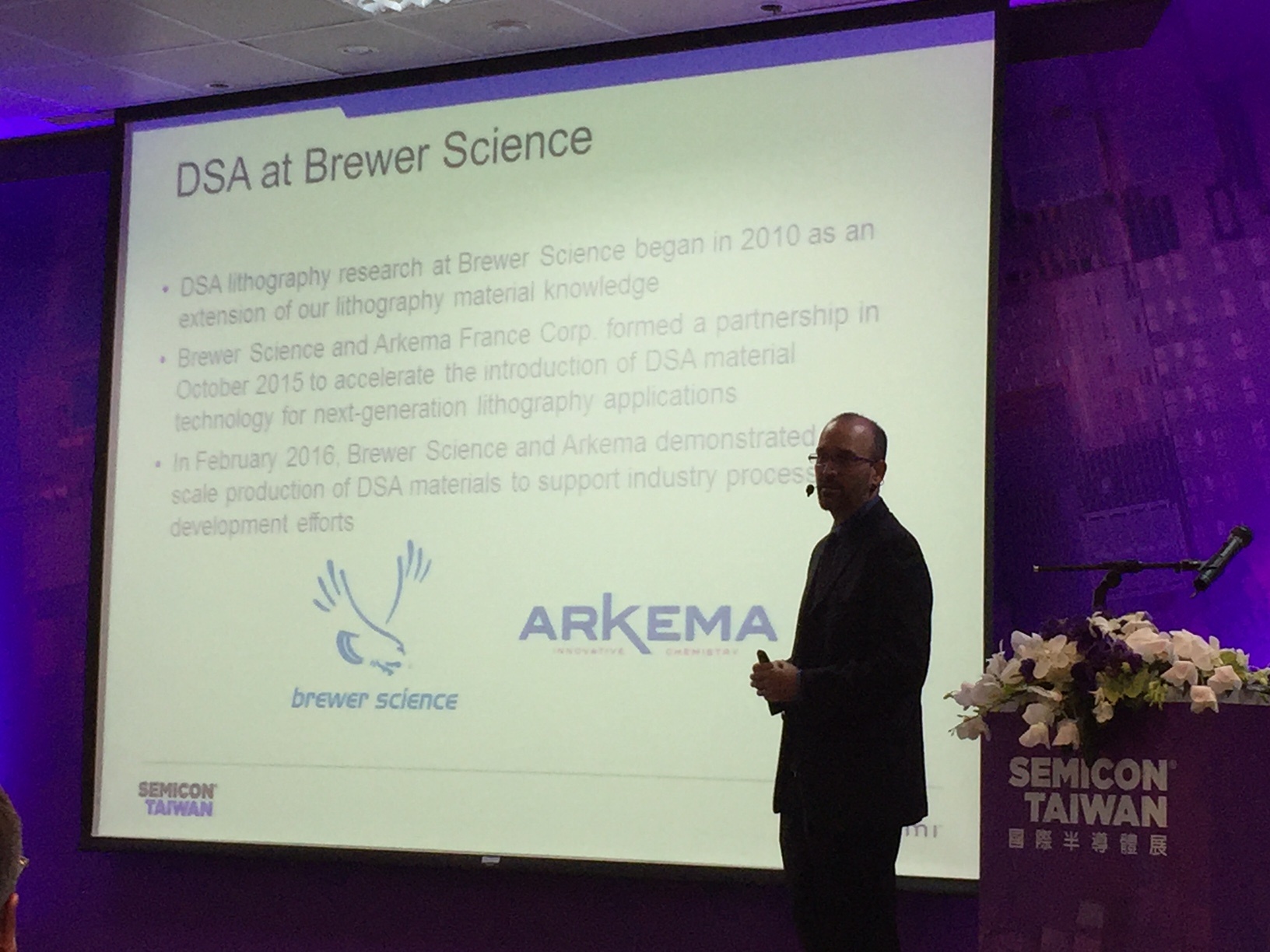The race to advance front-end lithography has seen previously insurmountable roadblocks become some for the industry’s greatest achievements. Brewer Science has been a market leader in advanced lithography breakthroughs starting with the invention of bottom anti-reflective coatings in 1981. Today, Brewer Science maintains a broad array of materials to meet the industry’s needs as we approach the limits of Moore’s Law and beyond. Spin-on-carbon (SOC) materials are part of this legacy of materials innovation.
In an integrated circuit manufacturing process, SOC materials are an important layer for the multilayer process to achieve smaller feature size. The SOC layer responds to the photolithography, pattern transformation, substrate planarization, and a variety of other critical processes. A key challenge in selecting a suitable material is that some processes require a high temperature, reaching as high as 300-500°C, and most polymers decompose at these high temperatures. There are a few platforms that can survive, however these materials present challenges of their own. These types of materials that have high-temperature-stable polymers usually have poor solubility in commonly used organic solvents. Polymer types that are good for thermal stability often do not have good for gap fill or planarization. The SOC layer also must avoid both intermixing with the top layer and maintain line-wiggling resistance during pattern transfer etch.
The table below introduces two of Brewer Science’s high-temperature SOCs. Through their design, we are capable of meeting industry requires while hurdling the challenges that come in doing so.
| Property | SOC Platform 1 | SOC Platform 2 | |
|---|---|---|---|
| Td(TGA) | 530°C | 500°C | |
| Crosslink temperature | 240°C | 240°C | |
| Thickness shrinkage | 250°C-450°C | ||
| 450°C 4-15min | 1% | 3% | |
| n & k at 193 nm | 1.38, 0.59 | 1.42, 0.56 | |
| n & k at 248 nm | 1.86, 0.46 | 1.65, 0.42 | |
| n & k at 633 nm | 1.66, 0.00 | 1.71, 0.01 | |
| Ohnishi parameter | 2.22 | 1.80 | |
| CVD survival | Yes | Yes | |
| Planarization | Good | Very good | |
SOC Platform 1 can be used as a high-temperature SOC with a chemical vapor deposition (CVD) layer on top. The crosslinked film is very stable and can survive in high temperature processes up to and over 500°C. It also can be used as a standard SOC with a spin-on silicon hardmask on top. This SOC Platform 1 is designed to be used Brewer Science’s OptiStack® HM materials in a multilayer process and show excellent lithography performance.
SOC Platform 2 is a platform designed for better planarization. By controlling surface tension, viscosity, and crosslink reaction, the material has chance to flow during coat and bake steps to achieve planarization. Brewer Science is able to modify the material, which allows us to change the flow behavior to planarize different topography on substrates such as bright field or dark field, and over small features or large features.
Both materials excel at standard temperature and high-temperature applications. They have a high carbon content for etch resistance, low film shrinkage, and good gap fill properties. Contact us to learn more about how these materials are pushing the limits of modern day IC manufacturing or stop by our booth #110 at SPIE Lighography conference to talk with a Brewer Science expert.




Subscribe to Our Blog